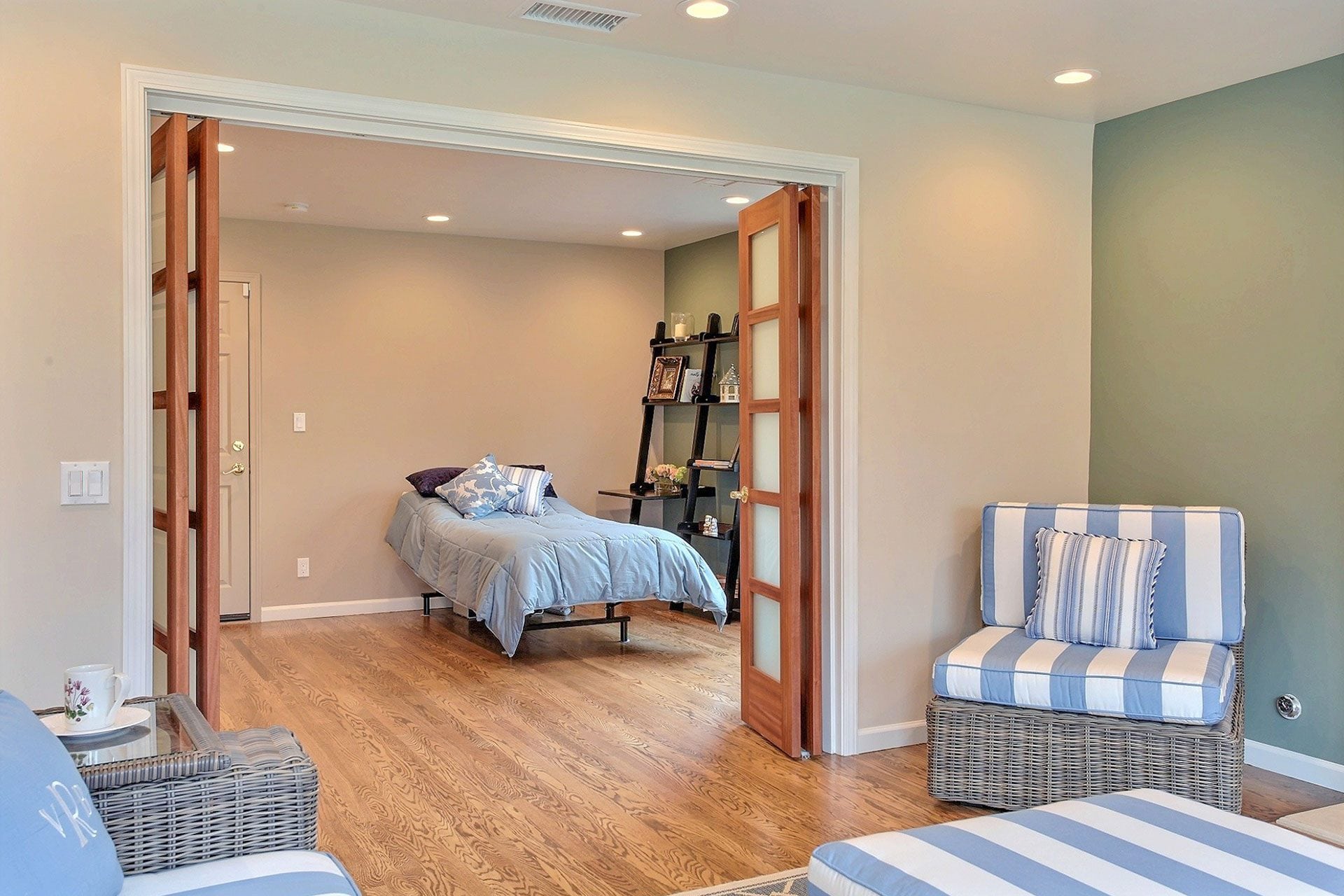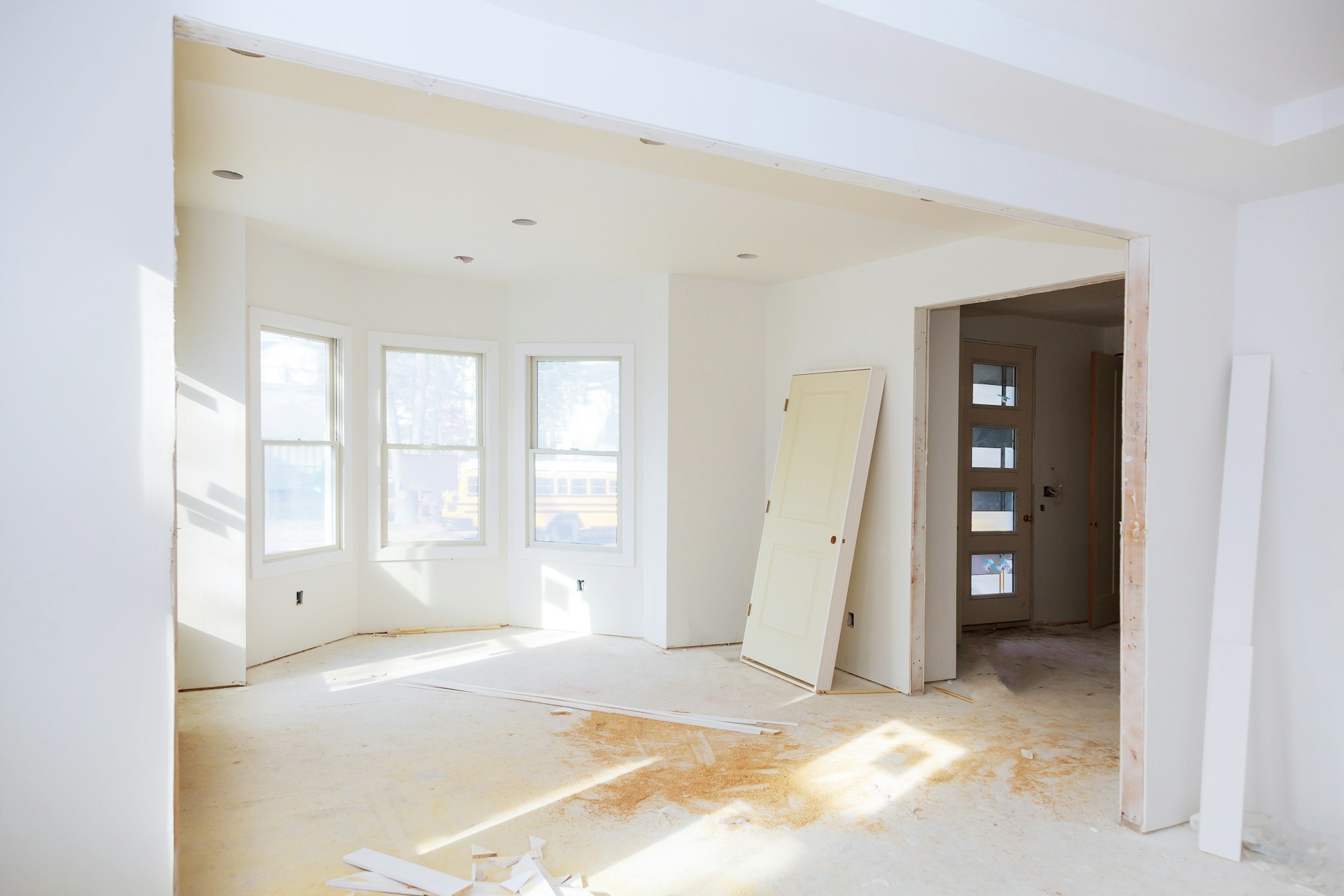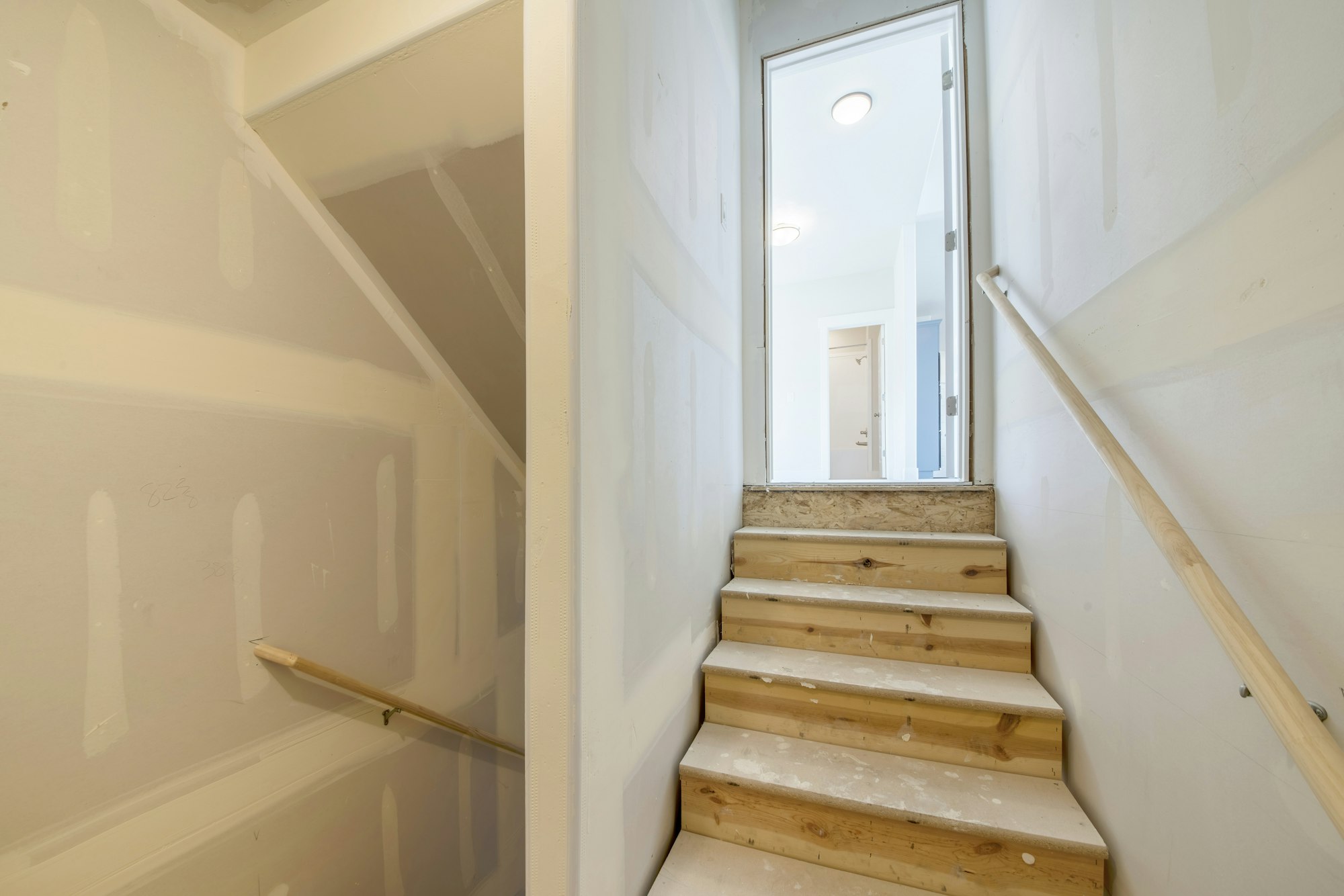Designing for All: The Power of Universal Design Features
Universal Design is a concept that is gaining increasing attention in today’s world. It’s a strategy for making sure that everything from apps to public spaces is useable by anybody, regardless of age, ability, or socioeconomic standing. Universal design features are those features that make a product, building, or environment accessible and easy to use for people with disabilities or limitations. This article explores the concept of Universal Design and the features that make it possible.
What is Universal Design?
Universal Design is an approach to Design that aims to create products, buildings, and environments that are accessible and usable by all people, regardless of their age, ability, or status. It is a way of designing for diversity, recognizing that people have different needs and abilities. Universal Design is not just about making things accessible for people with disabilities but about creating products and environments that work well for everyone.
Universal design features
Accessible entrances and exits
One of the key features of Universal Design is the provision of accessible entrances and exits. This includes the provision of ramps, wide doors, and door handles that are easy to grip. It also includes the provision of signage that is easy to read and understand.
Clear circulation paths
Clear circulation paths are another important feature of universal Design. This includes the provision of wide walkways and corridors free from obstacles and hazards. It also includes providing clear signage and wayfinding systems that help people navigate the environment.
Adequate lighting
Adequate lighting is essential for universal Design. It includes providing natural light where possible and using artificial lighting to provide consistent and even illumination. It also includes providing lighting that is easy to control and adjust.
Easy-to-use controls and switches
Controls and switches that are easy to use are important for universal Design. This includes the provision of large, clear buttons and switches that are easy to press and operate. It also includes providing controls and switches that are easy to reach and use for people with limited mobility.
Accessible seating and work surfaces
Accessible seating and work surfaces are important features of universal Design. This includes the provision of seating that is comfortable and easy to access, with appropriate back support and armrests. It also includes the provision of work surfaces that are at a comfortable height and easy to reach.
Accessible bathroom facilities
Accessible bathroom facilities are essential for universal Design. This includes the provision of grab bars, accessible sinks, and toilets with appropriate seat height and grab bars. It also includes providing clear signage and wayfinding systems to help people navigate the bathroom.
Accessible technology
Accessible technology is important for universal design. This includes providing technology that is easy to use, with clear instructions and feedback. It also entails supplying malleable tech that can be adjusted to meet the requirements of various end-users.
Benefits of Universal Design
Improved accessibility
The main benefit of universal Design is improved accessibility. By designing products, buildings, and environments that are accessible to everyone, we can create a more inclusive society where everyone has equal access to opportunities and services.
Improved safety
Universal Design also improves safety. By designing environments that are free from hazards and obstacles; we can reduce the risk of accidents and injuries. This is particularly important for people with disabilities or limitations, who may be more vulnerable to accidents and injuries.
Improved usability
Universal Design also improves usability. By designing products and environments that are easy to use and understand, we can improve the user experience for everyone. This includes people with disabilities or limitations, as well as those without.
Cost-effective
Universal Design can also be cost-effective. By designing products and environments that are accessible and easy to use, we can reduce the need for expensive retrofits and modifications in the future. This can save money in the long run and improve the overall quality of the product or environment.
Increased marketability
Universal design features can increase the marketability of products and environments. By designing with a diverse range of users in mind, businesses can attract a larger customer base and improve their reputation as inclusive and socially responsible.
Examples of Universal Design
Curb cuts
Curb cuts are a classic example of universal Design. Originally designed to make it easier for people using wheelchairs to cross the street, many people now use curb cuts, including parents with strollers, delivery people with carts, and cyclists.
Lever handles
Lever handles are another example of universal Design. Unlike traditional doorknobs, which can be difficult for people with limited grip strength to turn, lever handles can be easily operated with a push or pull motion. This makes them easier to use for everyone, including children and older adults.
Tactile paving
Tactile paving is a textured surface used to assist people with visual impairments in navigating their environment. Tactile paving can be found in public spaces such as train stations, airports, and sidewalks and can also be used to identify hazardous areas such as the edge of a platform or a flight of stairs.
Adjustable desks
Adjustable desks are an example of universal Design in the workplace. By allowing users to adjust the height of their desks, they can be used by people of all heights and abilities, including those who use wheelchairs or have limited mobility.
Smart home technology
Smart home technology is an emerging example of Universal Design. By allowing users to control their environment through voice commands or a smartphone app, smart home technology can be used by people with a wide range of abilities, including those with physical or cognitive impairments.
Challenges of Universal Design
Despite its many benefits, universal Design can also present challenges. One of the main obstacles is designers, builders, and policymakers not being aware of or familiar with universal Design. Many people still believe that universal Design is only relevant to people with disabilities and fail to see its broader benefits for everyone.
Another challenge is the cost of implementing universal design features. While there may be an up-front cost to implementing some parts of universal Design, doing so can often result in cost savings in the long term. This can be a barrier for some businesses and organizations, especially those with limited resources.
Conclusion
Universal Design is an approach to Design that aims to create products, buildings, and environments that are accessible and usable by all people, regardless of their age, ability, or status. Universal design features include accessible entrances and exits, clear circulation paths, adequate lighting, easy-to-use controls, and switches, accessible seating and work surfaces, accessible bathroom facilities, and accessible technology. By incorporating universal design features into our products and environments, we can create a more inclusive and accessible society that benefits everyone.
FAQS
What is Universal Design?
Universal Design is an approach to Design that aims to create products, buildings, and environments that are accessible and usable by all people, regardless of their age, ability, or status.
What are some examples of Universal Design?
Examples of Universal Design include curb cuts, lever handles, tactile paving, adjustable desks, and smart home technology.
Why is Universal Design important?
Universal Design is important because it promotes inclusivity and accessibility for all people, regardless of their abilities. In the long run, it can save money because fewer upgrades and repairs will be necessary.
Is Universal Design only for people with disabilities?
No, Universal Design is for everyone. It aims to create products, buildings, and environments that are accessible and usable by all people, regardless of their age, ability, or status.
How does Universal Design benefit businesses?
Universal Design can benefit businesses by increasing marketability, improving customer satisfaction, reducing the need for costly retrofits and modifications, and promoting a more inclusive and socially responsible image.
Can Universal Design be implemented in existing buildings and environments?
Universal Design can be implemented in existing buildings and environments through retrofits and modifications. This can include installing accessible entrances and exits, adding tactile paving, or adjusting work surfaces and seating.
What are some common misconceptions about Universal Design?
Common misconceptions about Universal Design include the belief that it is only relevant to people with disabilities or that it is too expensive to implement.
How does Universal Design differ from accessibility?
The goal of Universal Design is to make products, buildings, and settings accessible and useable by all people, regardless of their ability, while the focus of accessibility is on fulfilling the requirements of persons with disabilities.
What are some challenges to implementing Universal Design?
Challenges to implementing Universal Design can include a lack of awareness and understanding, resistance to change, and the cost of implementing universal design features.
How can I learn more about Universal Design?
Books, websites, and organizations like the Center for Universal Design at North Carolina State University are just a few of the places you may find information about Universal Design.








